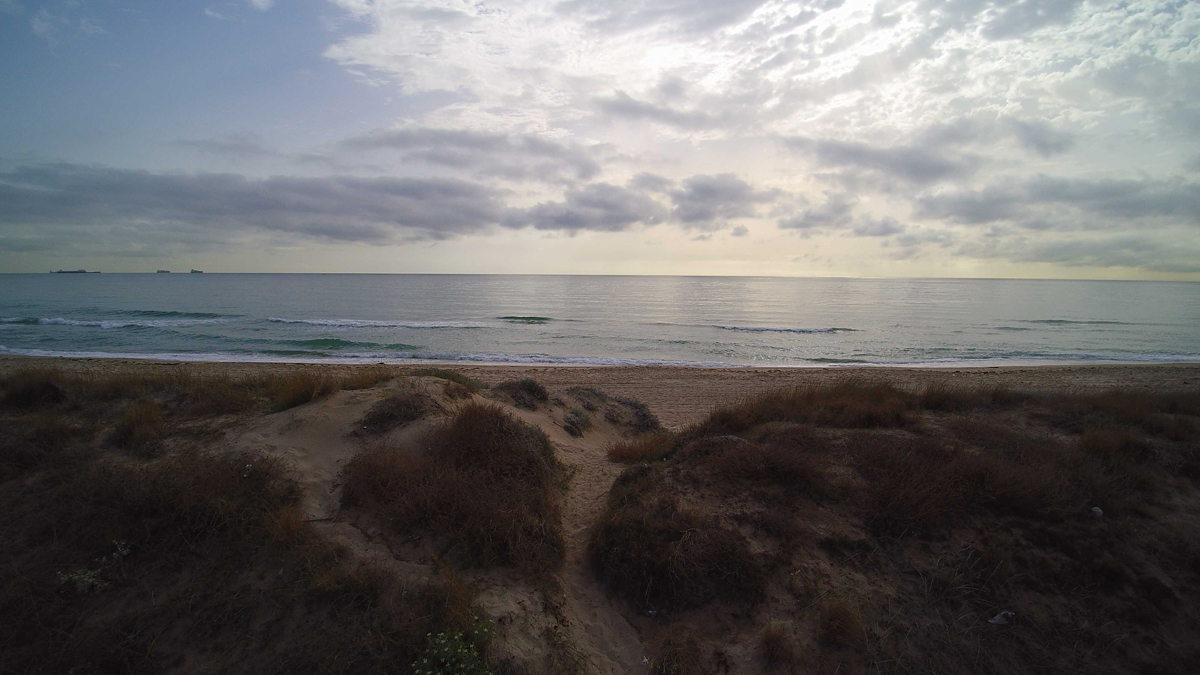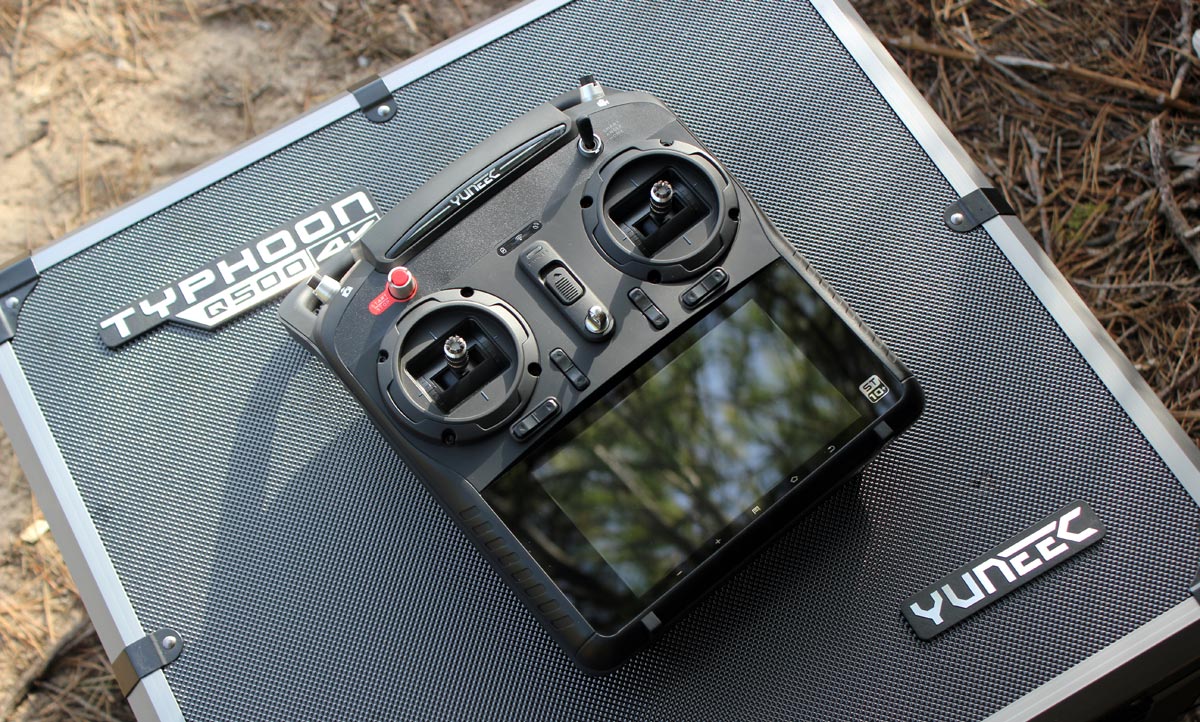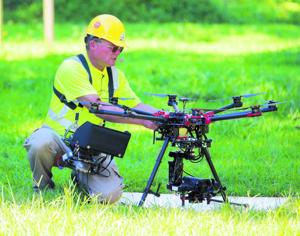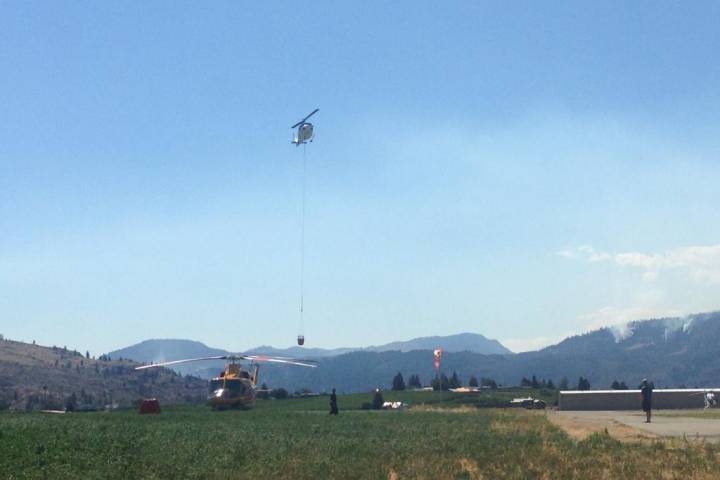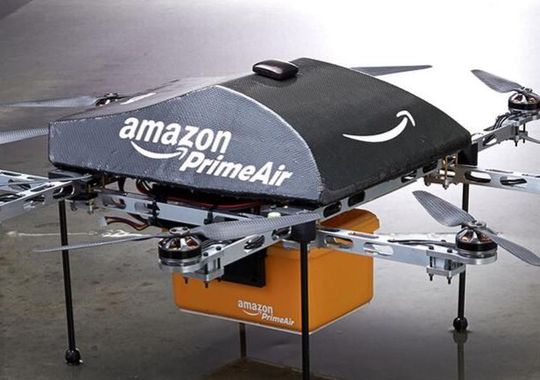
Earlier this month, Australian start-up Flirtey was involved in the first successful drone delivery to be legally conducted in the United States. This is the first step in what could be a revolution in the way medical and other supplies are provided in remote areas.
One of the key impediments to the use of drones in the United States has been its restrictive aviation laws (the recent successful trial in the United Stated required Federal Aviation Authority approval).
By comparison to the United States, Australia has less restrictive laws in relation to the flying of drones. The Civil Aviation Safety Authority (CASA) is in the process of reviewing and modernising the regulation of drones and expects to complete this by 2016. While the United States is looking to decrease the regulation of drones in order to stimulate technology development, there is speculation that Australia will introduce more stringent regulations in relation to drones.
Any new regulations will need to strike a balance between protecting the safety and privacy of individuals, without overly restricting the ability of Australian organisations to exploit this evolving technology and the commercial opportunities that go alongside it.
CURRENT REGULATIONS: Civil Aviation Safety Regulations 1998
CASA is the body responsible for regulating Unmanned Aerial Vehicles (UAV) in Australia. UAV are colloquially referred to as “drones”. Most UAVs are piloted by remote control and often mounted with cameras.
Under the Civil Aviation Safety Regulations 1998, UAV (weighing more than 100g and less than 100kg) cannot generally be flown:
- higher than 400 feet;
- within 10m horizontally and 30 feet vertically of a person (although there are exceptions to this prohibition for those involved in operating the UAV and others standing behind the UAV on take off);
- over a large group of people at a height from which, if any of its components fail, it would not be able to clear the area;
- over or near prohibited or restricted areas (such as an aerodromes or restricted military areas);
- in conditions other than Visual Meteorological Conditions (i.e. bad weather);
- in or into a cloud; or
- at night.
It may be possible to use a UAV outside some of the above restrictions:
- with the approval of CASA or another relevant authority (such as air traffic control); or
- if the UAV is being operated within the sight of the UAV pilot.
There is also a general prohibition on flying a UAV in a manner which is hazardous to property, a person or another aircraft. The maximum penalty for contravening this provision is 50 penalty units (which currently amounts to $8,500).
Dropping off parcels or other items via a UAV is not prohibited, provided that nothing is dropped or discharged from a UAV in a way that creates a hazard to another aircraft, person or property.
In addition, companies that use UAVs must obtain an operator’s certificate from CASA and any individual that flies a UAV for commercial gain must have a controller’s certificate. There are currently 257 certified UAV operators in Australia, and with UAVs available for sale in Australian retail stores, this number is expected to increase exponentially over the coming years.
Can I fly over private land?
As UAVs are new technology, there is some uncertainty as to when the flying of a UAV over private property without permission will amount to a trespass to land.
A trespass to land is an interference with land owners’ rights. Land owners’ rights extend to the airspace over their land to a reasonable height.
There is no clear guidance on the height a UAV needs to be flown to avoid trespassing on private land. Based on past cases that have dealt with aerial photography from planes, scenic helicopter rides, and the height that bullets can be shot across land – as long as the UAVs are flown over land quickly and at a height that does not detract from the land owner’s use and enjoyment of their property, there is no trespass to land.
Will the Privacy Act apply to video footage taken by a drone?
The Privacy Act 1988 (Cth) only applies to Commonwealth agencies and organisations with an annual turnover of more than $3 million (with certain exceptions). Private UAV pilots and small companies (such as technology start-ups) would generally not be subject to the Privacy Act.
If an organisation is caught by the Privacy Act and it uses UAVs:
- The video footage taken by the UAVs they use or control could potentially be considered “personal information” if someone can be identified, or reasonably identified, in the video footage.
- Whether someone can be reasonably identified will depend on the circumstances. For example, footage taken by a UAV of a well known celebrity, or an individual that is well known to the organisation, would likely amount to the collection of personal information. The organisation would need to comply with the Australian Privacy Principles (APPs) in the Privacy Act regarding the collection and use of such personal information. Under APP 5, an organisation must take such steps as are reasonable in the circumstances to provide a privacy collection notice (this can be at the time of collection or, if that is not practicable, as soon as practicable after the collection). While there is a strong argument that it would not be reasonable or practicable to provide such collection notices in many instances where UAV video footage is taken of identified individuals, whether a collection notice needs to be issued will ultimately depend on the particular circumstances of each case.
CONCERNS WITH THE EXISTING LAW – A QUESTION OF PERSPECTIVE
An individual’s perspective
Currently in Australia, UAVs are primarily regulated from a safety perspective. There are no specific regulations which protect the privacy of individuals in connection with the use of UAVs other than those in the Privacy Act (which, as shown above, do not apply to individual private operators).
Unfortunately, except in exceptional circumstances, there is little that you can do to prevent a nosey neighbour from taking video footage of your backyard using a UAV. As a result, the government is under increasing pressure to enact legislation that prevents UAVs filming individuals on private property without their consent.
In the Australian Law Reform Commission’s report ‘Serious Invasions of Privacy in the Digital Era’ tabled in September 2014, it recommended the enactment of a new statutory cause of action for serious invasions of privacy. Such a new action could potentially apply to private UAV pilots if they recorded an individual in circumstances where the individual would have a reasonable expectation of privacy. This may assist individuals to take action against neighbours and unscrupulous operators who use UAVs in a manner that invades their privacy.
The commercial perspective
While introducing a new statutory cause of action would offer more protection to individuals, it would likely increase the administrative burden of operators in the emerging UAV industry. For example, real estate photography organisations may be required to obtain consent from numerous homeowners before they take sweeping footage of a property’s surrounds from a UAV which would be impractical.
As we have seen, the existing laws already create a number of issues for operators of UAVs:
- there is no clear guidance on the height a UAV needs to be flown in order to avoid trespassing on private property; and
- if an operator is subject to the Privacy Act, it is not always clear if and when such an organisation needs to provide a privacy collection statement to “identifiable” individuals, and otherwise comply with the privacy laws, regarding any video footage taken by a UAV.
To facilitate the use and investment in UAVs and new innovative delivery services, any new regulations should clarify the height at which UAVs can fly without risk of liability for trespass to private property and clarify that an organisation is not required to comply with the Privacy Act in relation to footage taken by UAVs. In addition, any new statutory cause of action for invasions of privacy should be carefully drafted to ensure it does not extend to incidental and non-intrusive drone video footage.
WHERE TO FROM HERE
While CASA is in the process of amending the regulation of UAVs and expects to complete this by 2016, it has indicated that the privacy issues associated with UAVs are beyond its remit. The new regulations will need to carefully balance the interests of ensuring its citizens are appropriately protected whist minimising “red tape” in order to encourage growth and investment in this emerging sector.
This article was provided courtesy of By Matthew Craven (Special Counsel) & Claire Harris (Graduate Lawyer), of Corrs Chambers Westgarth lawyers.
http://www.spatialsource.com.au/2015/08/17/regulation-of-uav-in-australia-a-balancing-act/



